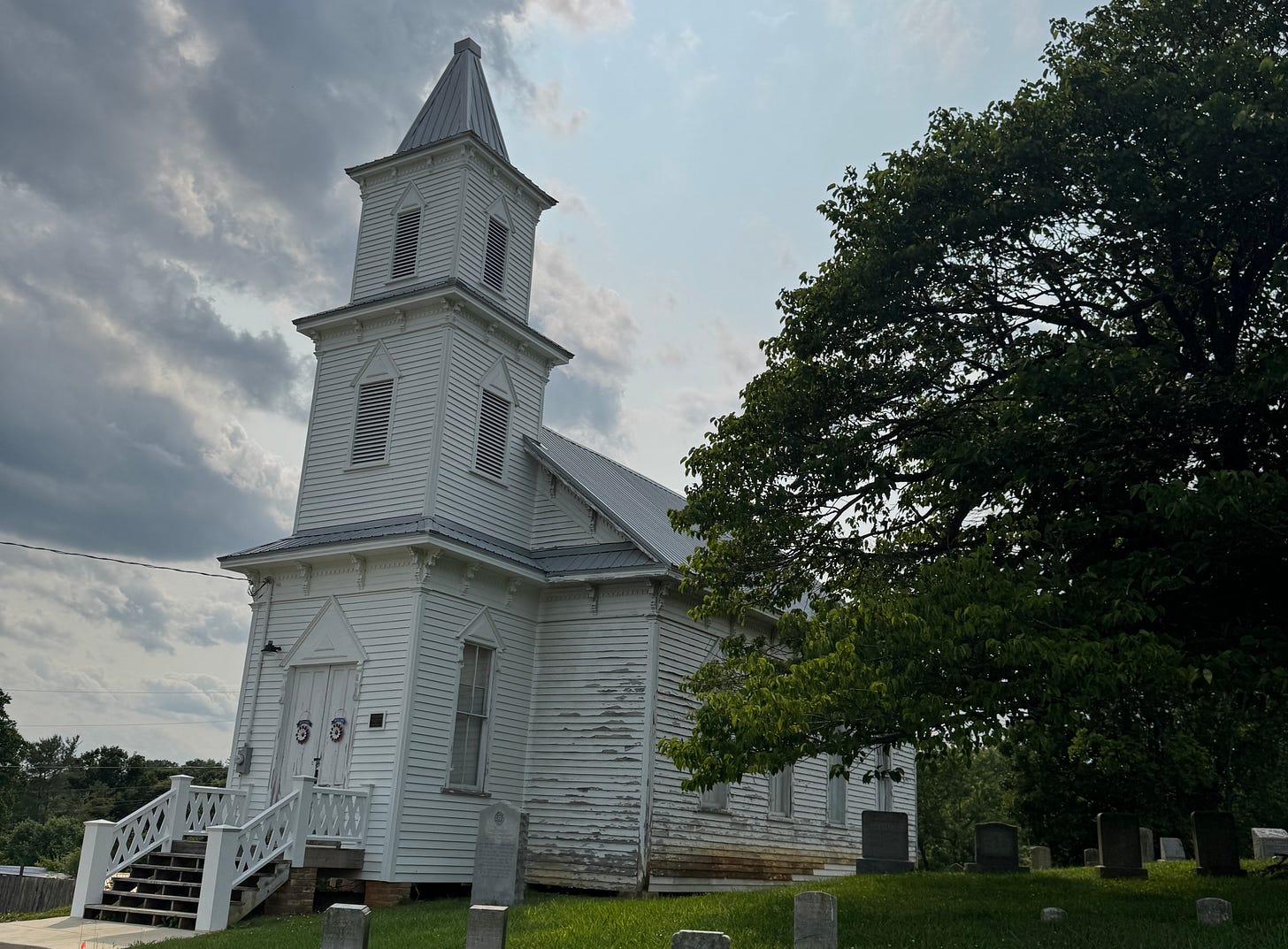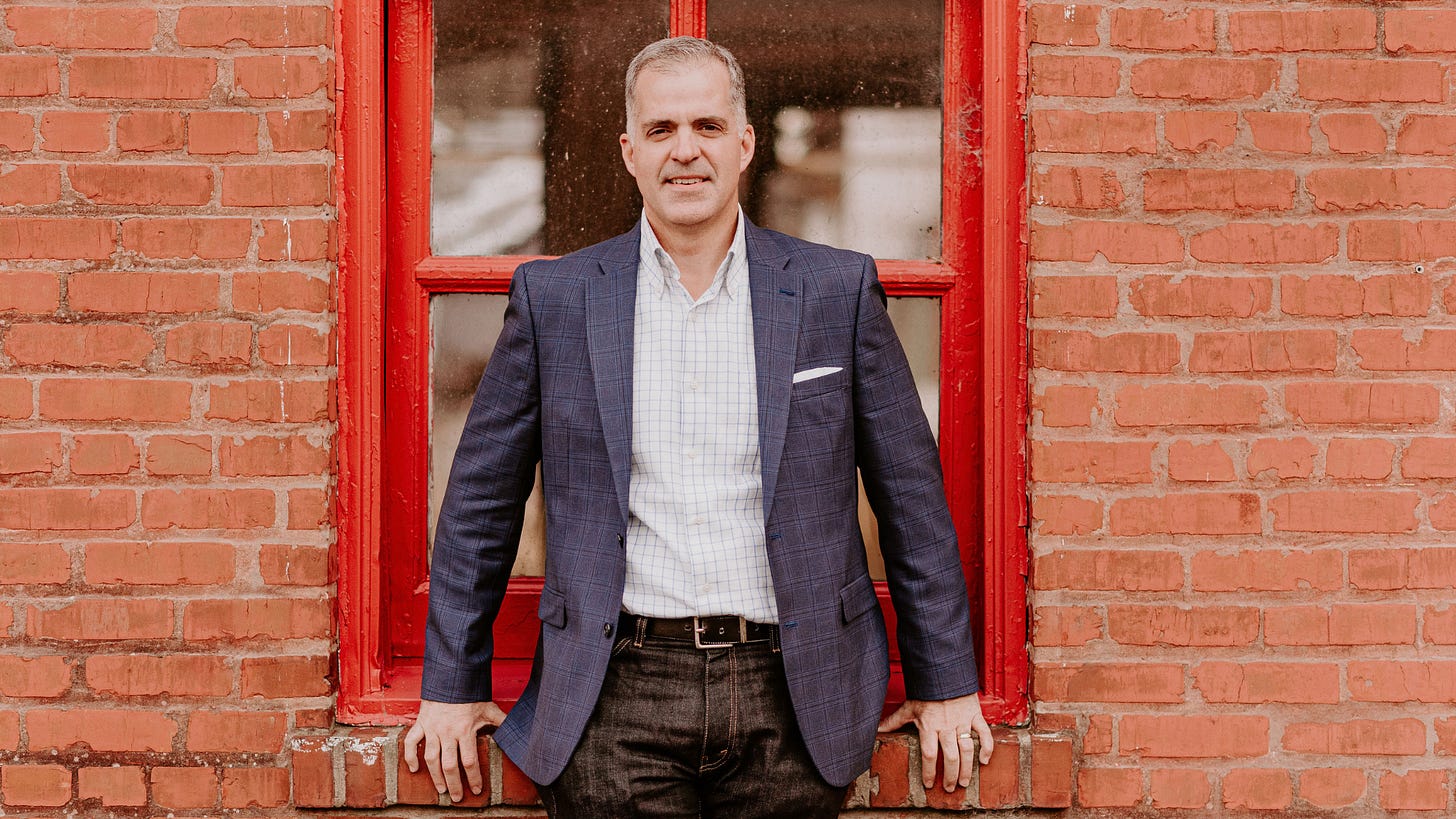Dear Pastor, Stop Creating Programs
A Healthy Church Relentlessly Focuses on the Mission
Churches are movements. Movements turn into institutions, institutions drift toward institutionalism, and institutionalism buries movements.
This is how vibrant churches atrophy, plateau, and then decline. A God-called pastor rallies people together to launch a new work. There is prayer, vision, and spiritual vitality, but not much else. There’s no organizational structure, because none is needed. Although needed, there is no money. Salaries, benefits, and financial systems are simple. There’s no building, so facilities management, taxes, and insurance are not a big deal either.
At this point, church is simple. People gather on Sunday for worship. Small groups meet on Sunday nights or maybe during the week. And church members show hospitality, invite people to church, and share the Gospel with their neighbors, co-workers, and classmates.
Fast-forward five years, and the church has added a couple of staff members, bought property for a future building, and added programs for children, youth, and a women’s ministry. The pastor is a gifted leader and communicator, and more people are showing up each Sunday.
This new church is clearly a movement of God. But it needs some organization. Good stewardship demands it. Leadership development, financial accountability, and faithful ministry require good systems. These systems provide the infrastructure needed to sustain the movement.
VOLUNTEERS WANTED!
The next decision, however, is critical. As the number of church attenders grows, there’s a natural tendency to add programs that meet the needs of the people who are already attending. As helpful as those programs may be, each of them requires leadership development and deployment, promotional influence, financial expenditures, and ongoing systems for follow up and care.
One sign that a movement is moving toward institutionalism, for example, is when program directors are commonly falling short on trained and enthusiastic volunteers.
If the “80/20 Rule” holds true, a church with 100 adult attenders has 20 adults who do 80% of the work. So let’s say that church has 25 faithful volunteers. Those volunteers already attend every service, serve whenever they are needed, and give more than their fair share.
When we start another well-intentioned program, we are asking the same 25 people to do one more thing. The result is a fractured volunteer base and diluted impact in our core ministries.
Some people suggest that volunteer shortages are inevitable in a growing church. And that can be true at critical moments along the way, but more often it’s the sign of a church that has chosen to add programs at the expense of making multiplying disciples of Jesus.
We add programs at the expense of making multiplying disciples of Jesus.
THE ABANDONMENT OF THE MISSION FIELD
There is another equally critical cost for adding programs. Every time we add another church program, we remove our most faithful church members from the mission field.
Every time we add another church program, we remove our most faithful church members from the mission field.
Rather than participating in a civic organization, they come to a church event. Instead of enrolling their children in city league basketball, they join the church basketball program. Instead of discipling co-workers or helping a neighbor, they volunteer at church.
Every church program requires time, talents, treasures, and influence, which are then not available to give in the neighborhoods, existing nonprofits, local schools, fostering initiatives, or other pockets of vulnerability.
Pastors exhort believers to know, love, and share Jesus with their neighbors, and then build programs that take them away from their neighbors.
GOOD PROGRAMS BURY GREAT CHURCHES
Finally, the practical effect is that despite its well-run programs, the church becomes missionally distracted, operationally sluggish, volunteer poor, and leadership wearied. Its growth slows, and its influence in the community wanes. Not because it’s not a good church, but because it’s a busy church whose operational structure isolates itself from the community. Discouragement and often division take over, and the church that was once a movement is buried under the programs it created.
Church leaders can choose a different path. As Marshall Goldsmith reminds us, “What got you here won’t get you there.” There is ongoing unlearning and renewal necessary for churches that are committed to the mission of Jesus.
There is ongoing unlearning and renewal necessary for churches that are committed to the mission of Jesus.
Spiritual surrender and strategic simplicity mark the church that defies institutionalism, mobilizes disciples, and multiplies churches that reach our cities for Christ.
GROW YOUR LEADERSHIP. GROW YOUR TEAM. JOIN ME AT THE GLOBAL LEADERSHIP SUMMIT—AUGUST 7-8, 2025

RECOMMENDED PODCASTS

THRIVING PASTORS. STRONG CHURCHES. TRANSFORMED COMMUNITIES.
These three priorities describe the calling of my life, and by God’s grace, I’m able to pursue this calling as the Strengthening Healthy Churches Team Leader with the Tennessee Baptist Mission Board. We serve churches by multiplying gospel leaders who advance God’s kingdom.
If you’re a Tennessee Baptist pastor, please reach out. I’d love to get to know you, and how we serve you.
I’m also the Executive Director of Everyone’s Wilson and The Everyone’s Welcome Network—a platform for Gospel transformation in local communities. Our mission is to unite the Church to engage the community, so everyone thrives.
To keep up with our work at Everyone’s Wilson, you can Follow Us on the Socials or Subscribe to the Everyone’s Wilson Newsletter Here.
If you, your church, or your community leaders are interested in creating or joining community transformation collective in your community, I’d love to connect with you.
Sign up as an Everyone’s Wilson Prayer Partner HERE.
Please consider partnering with us financially. You can give HERE. All gifts are tax-deductible.
I’D LOVE TO HEAR FROM YOU.
If you don’t already, please follow my personal accounts on Facebook, Instagram, or LinkedIn.
Finally, thank you for reading and subscribing to this newsletter.
If it’s helpful, I’d love to hear about it. If it’s not, I don’t want to hear about it, but I probably need to. So either way, please give me some feedback.
Just click the button for my contact information.





Thanks for sharing this! This post makes me think of the book, The Trellis And The Vine. Programs/Structure are the trellis; people are the vine. And we must ALWAYS stay focused on the vine, and not get caught up building elaborate trellis. The trellis exists to serve the vine, and not the other way around; and church structures must exist to serve God's people, and not the other way around. I particularly appreciate your point that sometimes when we call people to do "ministry" in the church, we hinder them from being the presence of Jesus wherever they live, work and play.